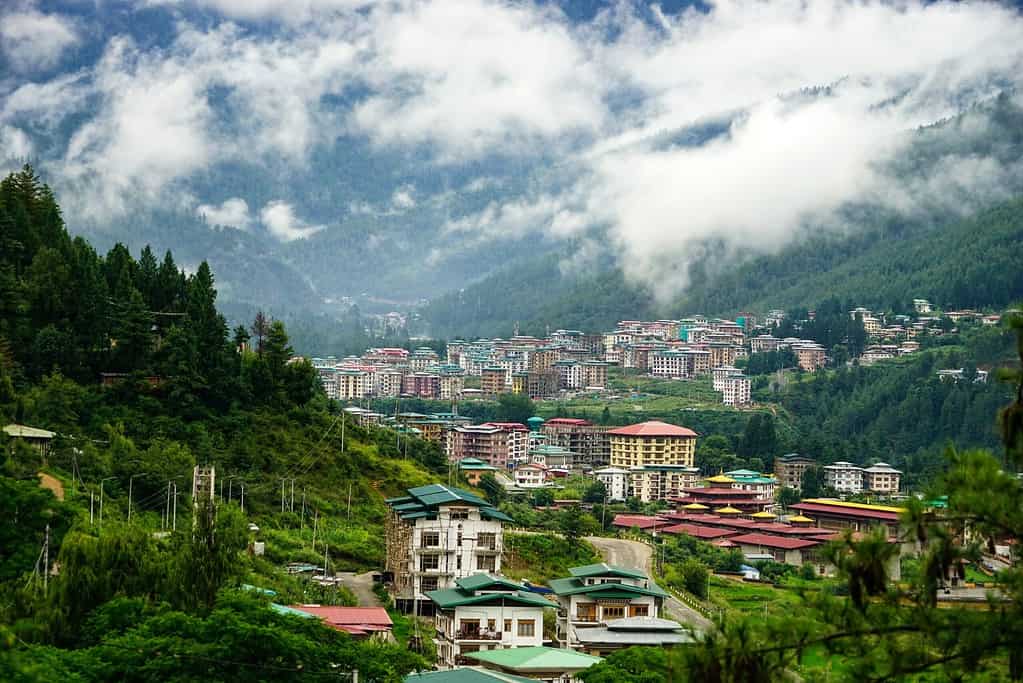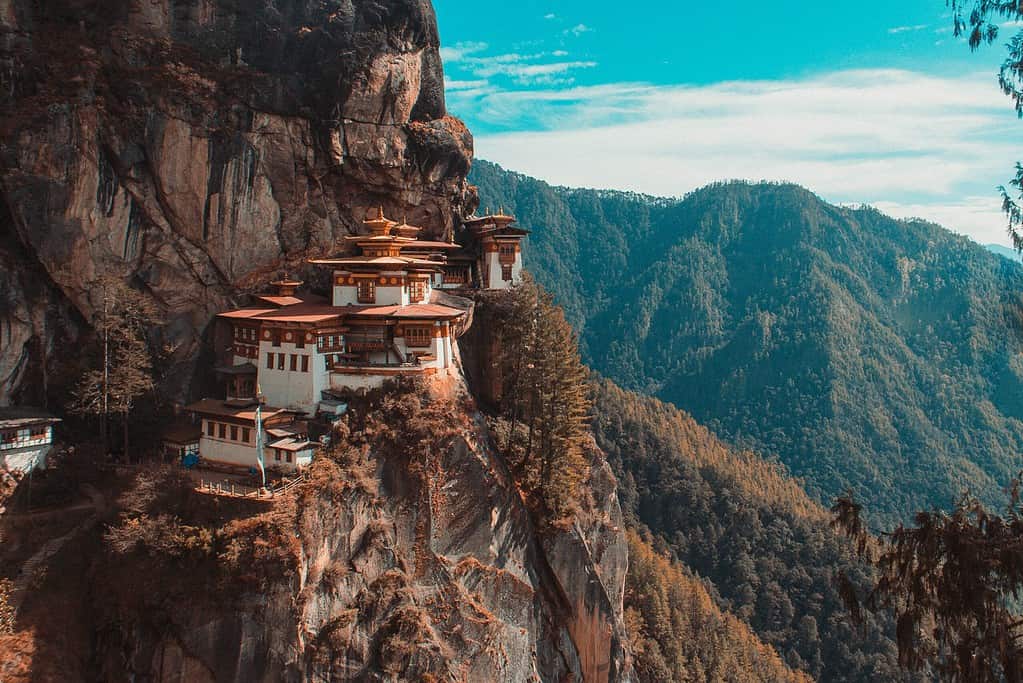
When you read about Bhutan in the news, it’s usually something to do with the environment or some progressive policies. Bhutan is famously the only carbon-negative country in the world — its lush forests sequester more greenhouse gas emissions than the country produces. It’s also one of the countries most committed to environmental conservation, which the country considers one of the key pillars of “Gross National Happiness” — an innovative index Bhutan uses to measure how well-off its citizens are. Bhutan also has remarkably vaccinated around 90% of its citizens against COVID-19 in a week.
This time, the country is involved in a different type of operation. Bhutan, whose population numbers just under 800,000 people, has been steadily investing in various ambitious projects. But this one is different.
Bhutan bullish on Bitcoin
The tiny kingdom of Bhutan has little natural resources, but it does have immense hydroelectricity potential. Hydroelectric plants have become a major driver of the country’s economy, accounting for around a third of the country’s GDP. In addition to powering the entire country, this hydroelectricity also nabs Bhutan a bit of profit.
Bhutan exports over 75% of its electricity (most of it to India). But for the past few years, the country’s royal government has been stealthily devising a new way to generate income from this water: using it to mine Bitcoin. Forbes reports that for the first time, the government confirmed that it was using this electricity to mine crypto, with mining starting “a few years ago as one of the early entrants when the price of Bitcoin was around USD 5,000.”
Mining Bitcoin is a very energy-intensive process. According to some estimates, the emissions of Bitcoin are comparable to those of a small or medium-sized country. But if you have a steady supply of clean energy, it’s a different matter. In addition, Bhutan’s high mountains provide excellent air-conditioned places to set up digital asset mining operations which otherwise would consume a lot of power for air conditioning in warmer places.
Bhutan reportedly developed this plan in an attempt to generate positive, sustainable returns across a range of asset classes, including crypto. Speaking to local newspaper The Bhutanese, a government official said they’re mining bitcoin in a bid to offset costs and environmental harms.

A mysterious operation
A representative from Druk Holding and Investments (DHI) said the first priority is Bhutan’s energy requirements, so mining is slowed down or stopped when energy runs low. DHI is Bhutan’s commercial and investment arm of the Royal Government. Nevertheless, the official said that this is a way for the country to diversify its income and establish itself as a player in the rapidly evolving technology landscape.
“We are fostering relevant human capital for industries of the future, ensuring our citizens are equipped to participate in the modern global economy from within Bhutan. For example, DHI’s investment in building the world’s first Self-Sovereign National Digital Identity platform, which was designed and built locally, represents a significant step in the country’s ongoing digital transformation. Such investments will ensure Bhutan is at the forefront of global innovation,” said DHI.
“Our portfolio contains investments across a range of asset classes that deliver exposure to traditional sectors and the industries driving the modern economy. This includes global equities, fixed income and venture capital investments in promising startups; domestic and international real estate; renewable energy including hydropower generation; healthtech, biotech, life sciences and agritech; and digital asset mining and investment,” said a statement from DHI.
However, it’s unclear when exactly the mining began and how profitable it is. The official said the project “pays for itself”, but that’s relatively vague. Perhaps even more imrpotantly, it’s unclear why Bhutan hid the project from its citizens and international partners.
This is all the more curious as Bhutan is in negotiations with Bitdeer. Bitdeer is a company founded by Chinese billionaire Wu Jihan. However, Bitdeer is listed on the American Nasdaq stock exchange. The company reportedly wants to secure energy for a data center in Bhutan, but this deal is shrouded in secrecy for now.
Sustainability and cryptocurrency
Bhutan is without a doubt one of the more interesting countries on the planet. A traditional society in a landlocked, mountainous country that embraced technology and progressive measures makes for a pretty unique mixture. But the country’s demographics are in a precarious situation.
Emigration is a big problem for Bhutan, particularly to (believe it or not) Australia. The two countries have thriving diplomatic relations, but Bhutan is seeing many of its educated people leaving the country.
Granted, Bhutan is trying to improve the conditions. It’s tried everything from agriculture and tourism to mines to achieve self-sufficiency. However, with its geography and limited resources, it’s difficult for Bhutan to develop its own successful path. Focusing on environmental protection is a good place to start building a national identity. Can hi-tech elements like crypto mining be the missing puzzle piece?
The country’s government seems to believe so. Over 10% of the country’s budget in 2022 was invested in computer chips, so they’re betting significantly on this. Mining is definitely a costly and risky endeavor in itself. But with a lot of hydropower on standby, Bhutan could get a chance to exploit this niche and establish itself as a major player in the Bitcoin game.
“This maybe the first bold effort or experiment of its kind where a Least Developed Country with major developmental disadvantages aims to leap frog into the future using the fourth industrial revolution,” Tenzing Lamsang concludes for The Bhutanese.






